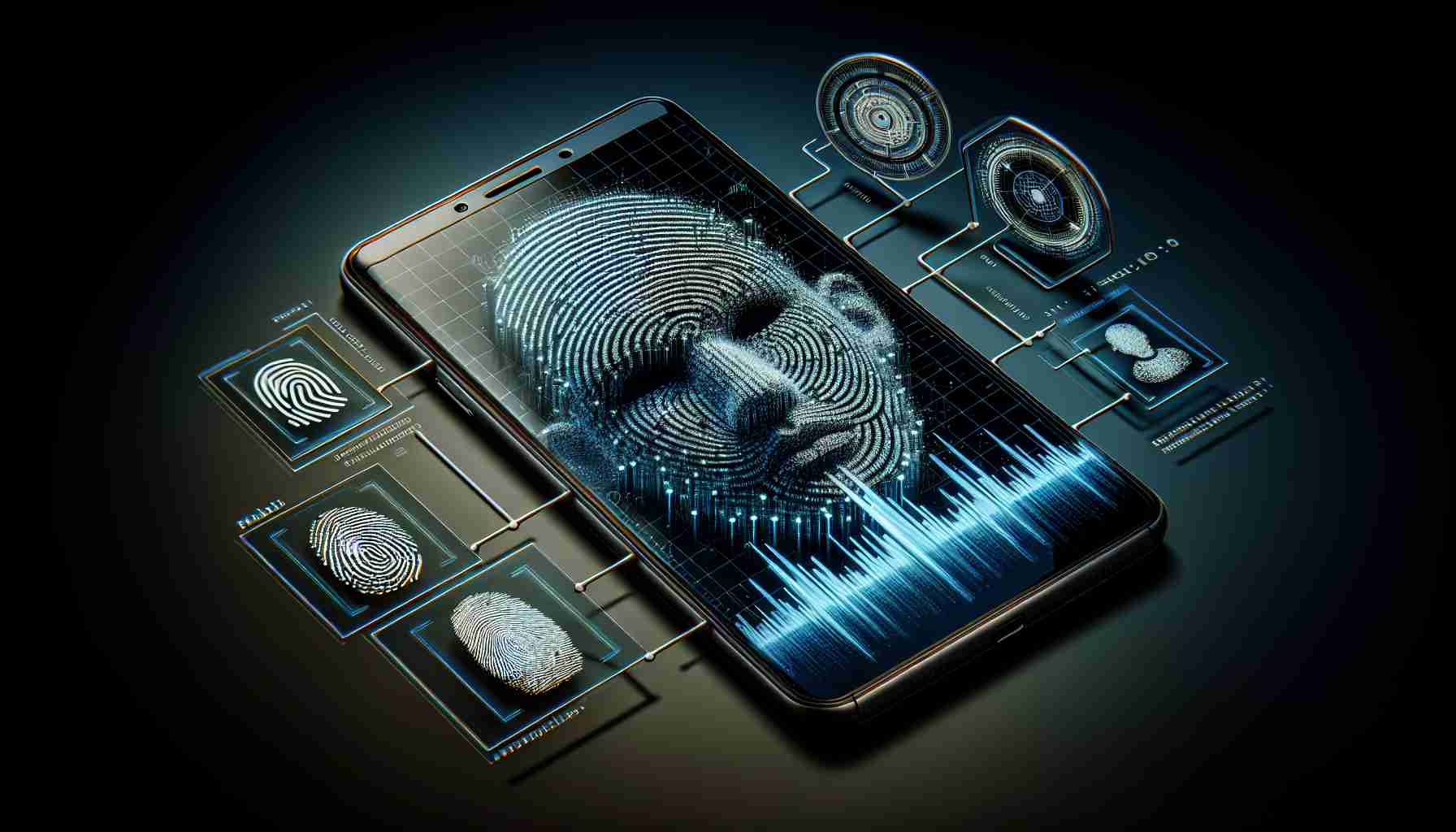In a new and concerning development, researchers from China and the United States have revealed a unique method of biometric hacking that could potentially compromise the security of our smartphones. As smartphones have become an integral part of our lives, containing a wealth of private information, manufacturers have been constantly striving to improve security measures.
One popular method of protection employed in modern smartphones is fingerprint scanning. By simply placing their finger on the reader, users can conveniently and securely unlock their devices or access other services. The uniqueness of fingerprints made this method seem foolproof. However, researchers have now discovered a new and alarming vulnerability.
This new attack, known as PrintListener, allows hackers to determine a person’s fingerprint by analyzing the sound of their finger moving across the touch screen. As a result, this method can bypass the Automatic Fingerprint Identification System (AFIS) and gain access to the device, private data, and even payment systems.
PrintListener takes advantage of the acoustic characteristics produced by a user’s finger as it moves across the touchscreen, extracting the unique fingerprint pattern. Special algorithms are required to convert the audio signal into a fingerprint. Astonishingly, researchers claim they can successfully identify partial fingerprints in approximately 1 out of 4 attempts, and complete fingerprints in approximately 1 out of 10 attempts.
Cybercriminals could potentially intercept the sounds of finger movements through popular messaging applications, such as Discord, Skype, WeChat, and FaceTime, which often have microphones enabled during chat sessions. This amplifies the risk and potential impact of this biometric attack.
Manufacturers will need to address this vulnerability to ensure the ongoing security of our smartphones. In the meantime, users should be cautious when using fingerprint scanning as their primary method of authentication, and consider employing additional security measures to protect their sensitive data.
FAQ:
Q: What is the new method of biometric hacking that researchers have discovered?
A: Researchers have discovered a method called PrintListener, which allows hackers to determine a person’s fingerprint by analyzing the sound of their finger moving across the smartphone’s touch screen.
Q: How does PrintListener work?
A: PrintListener takes advantage of the acoustic characteristics produced by a user’s finger as it moves across the touchscreen. Special algorithms are used to convert the audio signal into a fingerprint.
Q: What can hackers gain access to using PrintListener?
A: By using PrintListener, hackers can bypass the Automatic Fingerprint Identification System (AFIS) and gain access to the compromised device, private data, and payment systems.
Q: How successful is PrintListener in identifying fingerprints?
A: Researchers claim that they can identify partial fingerprints in approximately 1 out of 4 attempts, and complete fingerprints in approximately 1 out of 10 attempts.
Q: How can cybercriminals intercept the sounds of finger movements?
A: Cybercriminals can potentially intercept the sounds of finger movements through popular messaging applications such as Discord, Skype, WeChat, and FaceTime, which often have microphones enabled during chat sessions.
Q: What should users do to protect their sensitive data?
A: Users should be cautious when using fingerprint scanning as their primary method of authentication. They should also consider employing additional security measures to protect their sensitive data.
Key Terms/Jargon:
– Biometric hacking: A method of hacking that involves exploiting vulnerabilities in biometric security systems.
– Fingerprint scanning: A method of authentication that uses a person’s unique fingerprint to unlock a device or access services.
– Automatic Fingerprint Identification System (AFIS): A biometric identification system that uses fingerprints to identify individuals.
– Cybercriminals: Individuals who engage in illegal activities on the internet.
– Acoustic characteristics: The specific sound patterns produced by a user’s finger as it moves across a touchscreen.
Related Links:
– Smartphone.com
– Cybersecurity.com
– Biometricsecurity.com
– Fingerprintscanningtechnology.com
The source of the article is from the blog jomfruland.net
